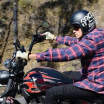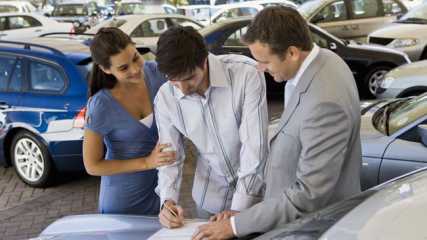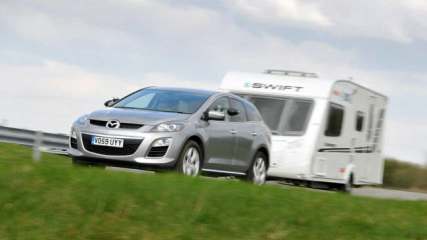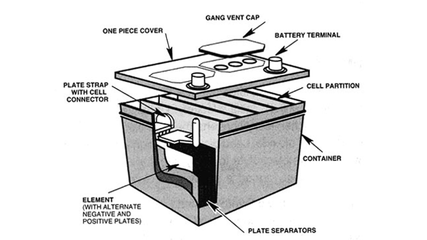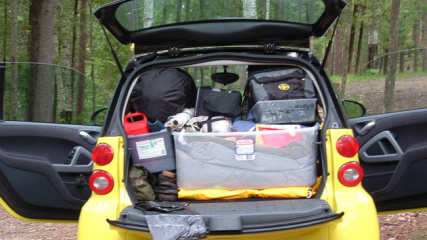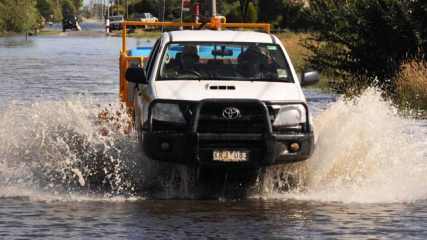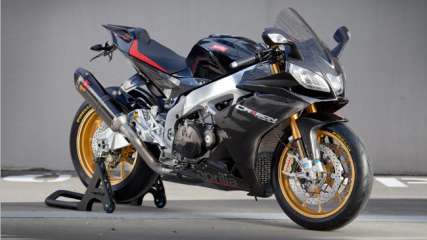How to tow
By Mark Hinchliffe · 04 Mar 2019
It's reversing that's the hard part, but even that comes with practice. (The basic rule is to steer opposite to the direction you want the trailer to go.)VEHICLEMost SUVs are capable towing vehicles with a high driving position providing good visibility. Towing is easier in SUVs with all-wheel drive which provides better grip and traction on slippery surfaces such as boat ramps.Diesel-powered SUVs have extra torque which helps with acceleration when pulling a heavy load.Manual transmissions are usually better in compact SUVs because of the power losses, but modern automatic transmissions are very strong, reliable and can sometimes pull bigger loads than a manual gearbox in the same model. However, be aware that auto boxes are prone to overheating when towing. A transmission cooler can be fitted to solve this problem.While compact SUVs are limited in their towing capacity, there are many lightweight caravans (about 1500kg) available now that can easily be towed by mid-sized SUVs.PRECAUTIONSBefore towing any trailer or vehicle, drivers should check their owner's manual for allowable towing capacities, tow ball rates, gross combination vehicle mass, axle load, correct tyre inflation pressures, accessories that need to be fitted and maximum speed for the towing weight.You should also check with your state transport department or auto club to see if there are any special legal requirements. If travelling interstate, check with authorities in that state. For example, the speed limit when towing is generally the posted speed limit, but in Western Australia the maximum speed for trailers over 750kg is 100km/h.It's important to remember that when towing, your vehicle is heavier and will be harder to start, accelerate and stop. You should therefore allow more space for stopping and avoid trying to overtake, especially on an incline.If your tow vehicle or trailer is not fitted with brakes, towing capacity is limited to around 500kg which is only useful for light trailers. Remember to take into consideration the weight of the load and not just the trailer weight. For example, one trail bike will add about 100kg.So for any useful towing, you are going to need a braked trailer or vehicle, which can usually treble the towing capacity of your SUV.ACCESSORIESYou can make the job of towing easier and safer with the right accessories. Most importantly, have the right tow bar for the job. Sometimes tow bars fitted to vehicles are not sturdy enough for the load you want to pull.A handy accessory is wing mirror extensions will make it easier to see what is behind your tow vehicle. The Coast Towing Door Mount Mirror ($62.50) comes with a 50mm blind-spot mirror to improve vision even further.There is also a range of clever devices which help hitch a heavy tow vehicle on to the tow ball. Some are motorised and some even come with a remote control, such as the Reich Eco Mover. It is available to suit both single-axle ($1903) and twin-axle ($3649) tow vehicles either on the front or back wheel and does not affect the suspension.The electronic Caravan Reversing System ($515) will do the job without another person on guard duty. It has a 14.7cm LCD screen with sun shield to reduce glare, a waterproof eyeball camera with audio, video, and infra-red night vision.The unit comes with 15m and 7.5m four-pin cables and a suction mount, and the monitor can also accept a second video input.Towing is made safer with EAZ LIFT Weight Distribution Hitches ($577) that balance the weight between the trailer axle and the point linking the vehicle, trailer and rear axle. This helps level out the point joining the two, reducing "snaking" and "swaying" triggered by passing cars and trucks.You can also level the join between the tow vehicle and caravan/trailer being towed with Coast 4 Bar Equaliser Kits ($175). They are easy to use and install and improve steering and handling while reducing tyre wear.The Tekonsha P3 Digital Brake Controller ($233) is suitable for single, double, triple and quadruple axle trailers and has a digital display of diagnostics, such as output current, battery/brake and output voltage and will warn you if the brake is disabled.There is a wide range of aftermarket parking sensors which can be fitted to trailers and caravans to avoid damager and aid in parking. If towing big loads, you might also consider beefing up the suspension of your SUV.MAINTENANCEAt the very least you should have your vehicle checked more regularly than the normal servicing intervals as towing places strain on engines, transmissions, cooling systems, brakes, tyres and suspension.Towing vehicles should always be kept in the best mechanical condition as should trailers, especially those carrying boats as these are prone to rust. It is best to store them out of the weather and have wheel bearings serviced once a year.RECOMMENDED TOWING SUVsCompact SUVHolden CaptivaPrice: $33,990Engine: 135kW/400Nm 2231cc 4-cylinder turbo dieselTransmission: 6-speed autoBody: 5-seater wagonTowing: 750kg unbraked, 1500kg brakedMid SUVNissan PathfinderPrice: $51,490-$65,990Engine: 140kW/450Nm 2488cc 4-cylinder turbo dieselTransmission: 5-speed autoBody: 5-seater wagonTowing: 750kg unbraked, 3000kg brakedLarge SUVToyota LandCruiser GXLPrice: $87,664-$Engine: 195kW/650Nm 4461cc V8 turbo dieselTransmission: 6-speed autoBody: 5-seater wagonTowing: 750kg unbraked, 3500kg brakedLuxury SUVRange Rover SportPrice: $99,900-$112,900Engine: 182kW/600Nm 2993cc 6-cylinder turbo dieselTransmission: 6-speed autoBody: 5-seater wagonTowing: 750kg unbraked, 3500kg brakedTOWING TIPSGet a mechanical check on the towing vehicle, especially the brakes and tyresInspect the caravan or trailer for roadworthiness before you set out, especially the tyres and rimsCheck your caravan/trailer lights, indicators, hitch and security chain before setting off each dayCheck the tread and inflation of all tyres including the spareEnsure the wheel bearings are sound, well greased and free of rust or damagePractise reversing in a vacant carparkLeave an extra 20m stopping distance between you and the next vehicleTravel at a lower speed and use a low gear travelling down hills.





